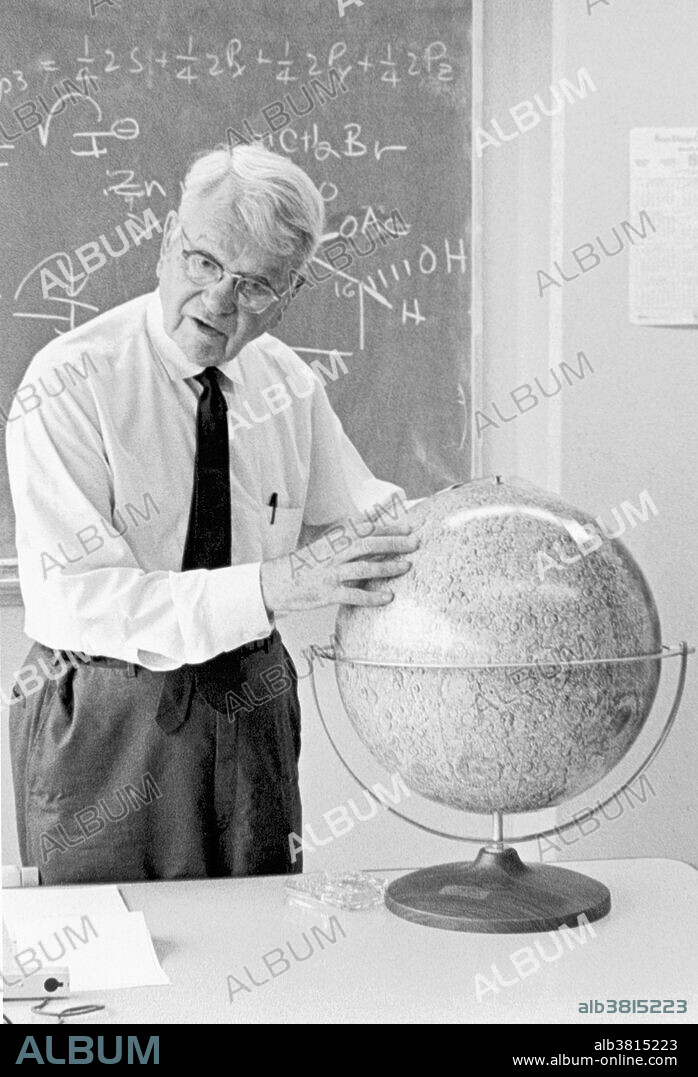alb3815223
Harold Urey, American Physical Chemist

|
Añadir a otro lightbox |
|
Añadir a otro lightbox |



¿Ya tienes cuenta? Iniciar sesión
¿No tienes cuenta? Regístrate
Compra esta imagen.
Selecciona el uso:

Título:
Harold Urey, American Physical Chemist
Descripción:
Ver traducción automática
Harold Clayton Urey (April 29, 1893 - January 5, 1981) was an American physical chemist .He received his PhD in 1923, and was awarded a fellowship by the American-Scandinavian Foundation to study at the Niels Bohr Institute in Copenhagen. He was a research associate at Johns Hopkins University before becoming an associate professor of Chemistry at Columbia University. In 1931, he began work with the separation of isotopes that resulted in the discovery of deuterium and earned him the Nobel Prize in Chemistry in 1934. During WWII Urey turned his knowledge of isotope separation to the problem of uranium enrichment. He headed the group located at Columbia University that developed isotope separation using gaseous diffusion. Urey speculated that the early terrestrial atmosphere was probably composed of ammonia, methane, and hydrogen. One of his Chicago graduate students was Stanley Miller, who showed in the Miller-Urey experiment that, if such a mixture be exposed to electric sparks and water, it can interact to produce amino acids, commonly considered the building blocks of life. Work with isotopes of oxygen led to pioneering the new field of paleoclimatic research. He died in 1981 at the age of 87.
Crédito:
Album / Science Source / Omikron
Autorizaciones:
Tamaño imagen:
2550 x 3743 px | 27.3 MB
Tamaño impresión:
21.6 x 31.7 cm | 8.5 x 12.5 in (300 dpi)
Palabras clave:
1893 • 1934 • 1981 • AMERICA • AMERICANO • BLANCO Y NEGRO • CIENCIA • CIENTIFICO • ESTADOS UNIDOS DE AMERICA • ESTADOS UNIDOS • FAMOSA • FAMOSO • FAMOSOS • FIGURA • FOTO • FOTOGRAFIA • GANADOR DEL PREMIO NOBEL • GENTE • HISTORIA • HISTORICO • HOMBRE • HOMBRES • IMPORTANTE • INVESTIGACION • MASCULINO • NOBEL • PERSONA • PERSONALIDAD • PERSONALIDADES • PREMIO NOBEL • QUIMICA • QUIMICO • RETRATO DE HOMBRE • S. XX • SIGLO XX


 Pinterest
Pinterest Twitter
Twitter Facebook
Facebook Copiar enlace
Copiar enlace Email
Email
